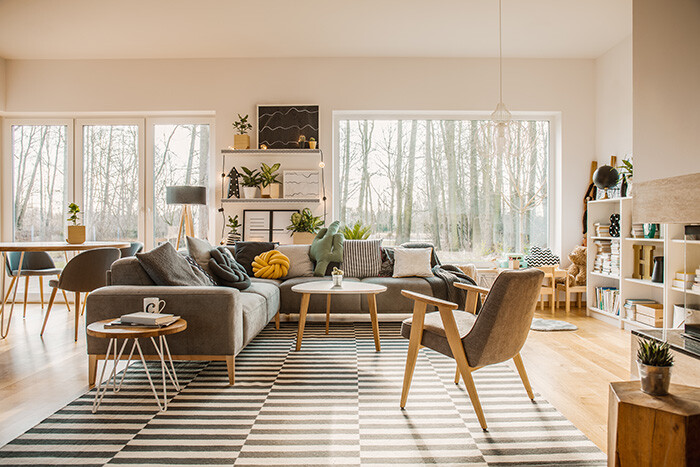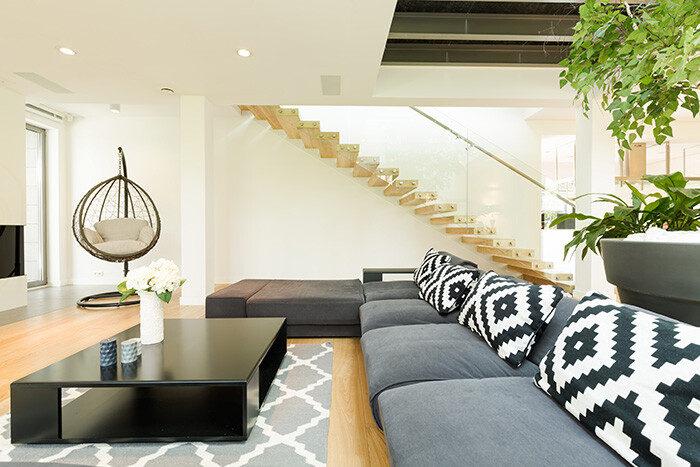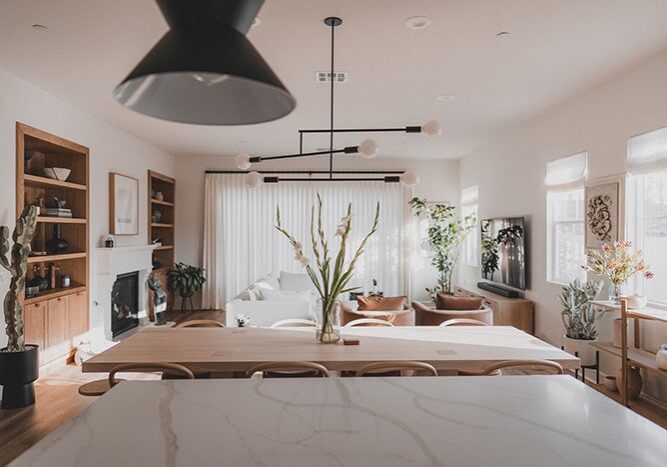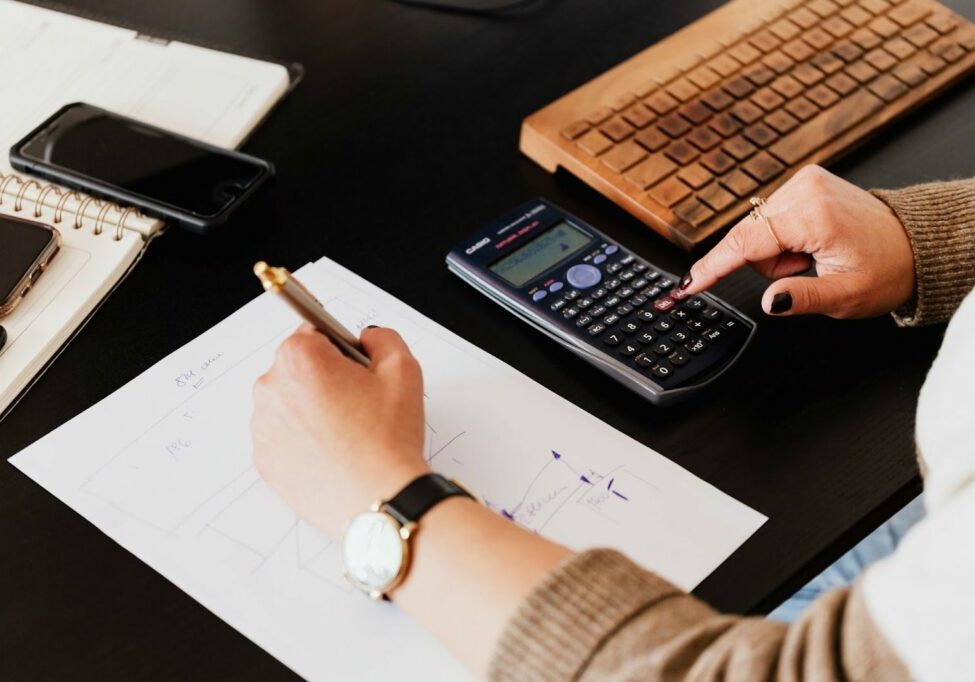As an interior designer, you’re not just creating beautiful spaces. You’re running a business with many moving parts. Managing client expectations, coordinating vendors, and juggling budgets can feel overwhelming. But are you using every tool available to maximize your profitability and efficiency?
One powerful tool you might be overlooking is a trade account. Trade accounts, including those offered by retailers like CB2, provide more than just discounts. They offer access, service, and operational benefits that can transform how you run your design business.
Let’s look at why trade accounts are essential for interior designers, how CB2 trade programs fit into the picture, and how to integrate these accounts into your financial strategy for better profitability.

Why Trade Accounts Are Vital To Design Firm Success
Trade accounts represent one of the most powerful yet underutilized tools available to interior designers.
What Is a Trade Account?
A trade account is a business-to-business relationship between you, the interior designer, and a supplier or retailer. Unlike a standard retail account, trade accounts recognize your professional status and offer benefits tailored to your business needs. To qualify, you usually provide proof of your design practice, such as a business license or resale certificate.
Trade accounts are designed to help designers source products more efficiently, save money, and deliver better value to clients. They offer access, service, and operational benefits that can fundamentally change how you run your design business.
More Than Just Discounts
While discounts are a big draw, trade accounts offer several other advantages that impact your business’s bottom line and workflow.
Cost Savings & Profitability
Trade discounts can significantly reduce your product costs. For example, many CB2 trade programs offer around 20% off full-priced merchandise. Imagine furnishing a client’s living room with a $15,000 budget. Without a trade discount, your product cost might be $12,000, leaving a modest profit margin. With a 20% discount, your cost drops to $9,600, increasing your profit substantially without raising client fees.
These savings can add up quickly across multiple projects, directly boosting your profitability.
Exclusive Access & Early Product Previews
Trade accounts often grant access to merchandise not available to the general public, including early previews of new collections. This gives you a competitive edge by allowing you to offer unique pieces and stay ahead of trends.
Early access to sales events means you can combine trade discounts with promotional pricing, maximizing savings for your clients and your firm.
Personalized Service & Dedicated Support
Many trade programs provide dedicated trade representatives or concierge services. Having a direct contact who understands your business can save you hours spent on hold or navigating customer service.
This personalized support is invaluable when working on tight deadlines or sourcing hard-to-find items.
Streamlined Ordering & Project Management
Trade accounts often come with enhanced ordering systems tailored for professionals. Features like simplified reordering, project tracking, and detailed purchase histories reduce administrative burdens, freeing you to focus on design and client relationships.

Trade Program Offerings
CB2 is a popular retailer among interior designers, known for its modern, urban style and accessible price points. Their CB2 trade programs exemplify the types of benefits many retailers offer, but it’s important to understand that trade programs vary widely.
What to Expect from CB2 Trade Accounts (and Similar Programs)
- Discounts: Typically around 20% off full-priced items, but always check for exclusions or minimum purchase requirements.
- Access: Some programs include access to Crate & Barrel and Crate & Kids, broadening your sourcing options.
- Support: Dedicated trade concierge services to assist with orders and project needs.
- Tax Benefits: Tax-exempt purchasing options to simplify your accounting and reduce costs.
- Events: Invitations to exclusive previews and educational events
Evaluating CB2 Trade Programs For Your Business
Before committing to any trade program, consider how well the retailer’s style aligns with your brand and client preferences. CB2’s aesthetic suits contemporary, modern, and eclectic designs but may not fit every project.
Also, evaluate how the program’s terms—discounts, service, payment options—fit your business model and cash flow needs.
Expanding Your Trade Account Portfolio
Relying on a single trade account limits your sourcing flexibility. Successful designers build a portfolio of trade accounts with diverse retailers and suppliers to cover different styles, price points, and product categories.
Key Factors When Choosing Trade Partners
- Product Selection: Does their inventory fit your design aesthetic and client needs?
- Discount Structure: What percentage discount is offered? Are there exclusions or minimums?
- Customer Service: Is there dedicated support tailored to designers?
- Shipping & Delivery: Are lead times reasonable? Are white-glove services available?
- Payment Terms: Do they offer net terms or other flexible payment options?
- Reputation: What do other designers say about their experience?
Examples of Other Trade Programs
- Furniture: West Elm, Restoration Hardware, Mitchell Gold + Bob Williams
- Lighting: Visual Comfort, Hudson Valley Lighting, Circa Lighting
- Textiles: Kravet, Robert Allen, Fabricut
- Accessories: Arteriors, Made Goods, Global Views
Don’t overlook smaller suppliers or local artisans—they may offer custom trade relationships with favorable terms.
Integrating Trade Accounts Into Your Financial Strategy
Trade accounts impact your cash flow, pricing, and taxes. To fully benefit, you need systems that track trade discounts and expenses accurately.
Tracking Discounts & Expenses
Properly recording trade discounts helps you understand true project profitability. Integrate your trade pricing with project management tools so discounts are consistently applied and allocated.
Sales Tax Expertise
Sales tax rules for interior designers can be complex and vary by state. Some purchases may be tax-exempt, but only if properly documented.
At Logistis for Designers, we specialize in sales tax compliance for interior designers, ensuring you don’t overpay or risk audits. We help you:
- Determine when purchases qualify for tax exemption
- Create compliant invoices separating taxable and non-taxable items
- Manage multi-state tax requirements
Software Integration
Using software like Houzz Pro alongside accounting platforms such as QBO (QuickBooks Online) can streamline your workflow. Logistis helps integrate these tools, so you can track client deposits, vendor payments, and profitability without extra admin work.
CFO Services for Growth
If you’re ready to take your firm to the next level, Logistis offers CFO Services that provide budgeting, forecasting, and financial planning tailored to interior designers. With this guidance, you can make confident decisions about hiring, marketing, and expansion.
The key is to build a portfolio of trade accounts that fit your style and business needs, track your discounts carefully, and integrate these benefits into your overall financial strategy.
At Logistis For Designers, we help interior designers understand the financial impact of trade accounts and build profitable firms. Ready to get started? Take a free QBO health check or contact us to learn how we can help you build a better business.
And don’t forget to download our free guide on ways to build a profitable design business to unlock even more insights tailored specifically for interior designers.
FAQs
What is a trade account for interior designers?
A trade account is a business relationship between designers and suppliers that offers discounts, exclusive access, and dedicated support not available to retail customers.
How much can I typically save with trade accounts?
Most trade programs offer 15-25% discounts, with some providing up to 50% off retail prices depending on the vendor and purchase volume.
How do I qualify for trade accounts?
You’ll generally need to provide proof of your design business such as a business license, resale certificate, or design association membership.
Are there fees to join trade programs?
Most trade programs are free to join, but some high-end vendors may require minimum purchase commitments.
How do I choose the best trade accounts for my business?
Consider your typical client projects, design style, price points, and which vendors offer products you use most frequently.
How do trade accounts affect my taxes?
Trade purchases may qualify for tax-exempt status depending on how they’re billed to clients. Proper documentation is essential for compliance with IRS regulations.
Do I need specialized accounting to manage trade accounts?
While not required, specialized accounting helps track discounts, manage tax implications, and integrate with design software for better profitability analysis.
How do trade discounts affect my profit margins?
Trade discounts directly increase margins—if you charge clients retail prices, the discount becomes additional profit; if you mark up your cost, the lower base cost increases profit on the same percentage markup.
Can I share my trade discounts with clients?
You can, but many designers use the discounts to improve their margins or offer a partial discount to clients while retaining some benefit.
How do I effectively manage multiple trade accounts?
Use a system to track account details, leverage specialized accounting software, and regularly review which accounts provide the most value to your business.
Share On:



